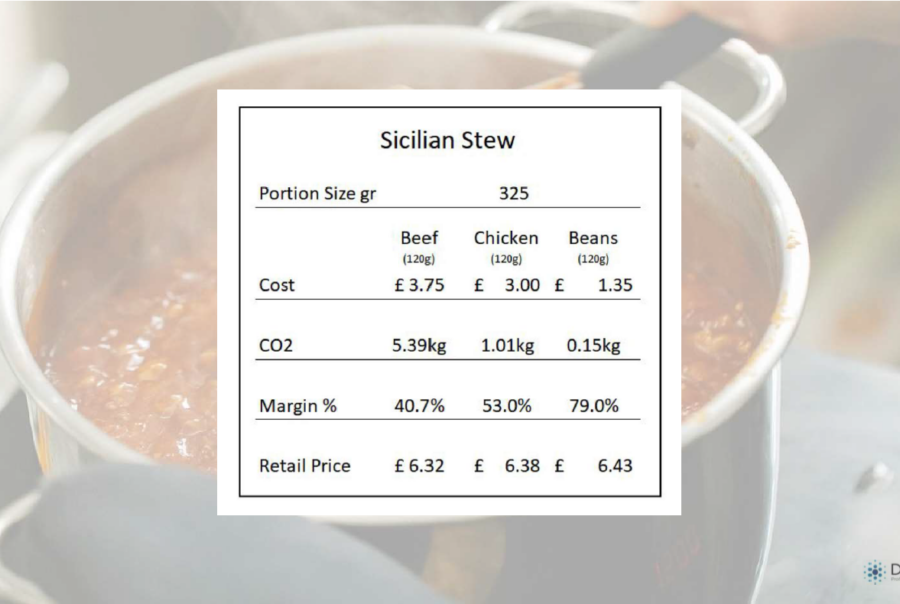I’ve witnessed the growing urgency to reduce our carbon footprint in the food service industry. Interestingly, recent studies show that a 50% reduction in food-related greenhouse gas emissions by 2030 is possible, but only if we take immediate action. It’s clear that we need to make a change now.
In this post, I share my insights into how food service businesses can tackle the challenge of reducing CO2 emissions head-on.
The Sustainability Challenges We Face
When it comes to reducing CO2 emissions in menus, two major hurdles stand out:
- Local Sourcing: While sourcing ingredients locally is ideal, it can sometimes conflict with efficiency. Larger suppliers often have a lower carbon footprint per item due to economies of scale in transportation, meaning that smaller suppliers might actually be less CO2-efficient and more expensive.
- Customer Demand: There’s constant pressure to offer out-of-season produce year-round, such as strawberries in December or fresh avocados every day of the year. This significantly increases our carbon footprint as businesses attempt to meet this demand.
Strategies for Success
Despite these challenges, several strategies can help reduce CO2 emissions in the food service industry:
1. Embrace Strong Leadership and Creative Solutions
Businesses must communicate effectively with customers and sometimes be prepared to say “no” to unsustainable requests. Instead, offer more eco-friendly substitutions. This is where chefs can really get creative in the kitchen. For example, replace out-of-season avocados with broad beans to make a ‘beanmole’ instead of guacamole. Another example is to replace meat with beans, like in the Sicilian stew below. Not only does this sustainable substitution reduce CO2 emissions, it also increases profitability – a win-win all around.
2. Collaborate With Suppliers
Work closely with your suppliers to source ingredients with a lower carbon footprint. Ask questions about their transportation methods. Do they use electric vehicles? Can smaller suppliers club together for deliveries? Every little bit helps.
3. Implement Food Waste Reduction Practices
Reducing food waste is crucial in lowering CO2 emissions. Here are some practices I’ve found effective:
- Regular team communication about waste reduction goals
- Closed-loop menu planning, such as using breakfast leftovers for lunch and lunch leftovers for dinner
- Measuring and analysing waste production
- Monitoring plate waste and portion sizes
- Sharing waste data with staff to encourage ownership and problem-solving
4. Use the Power of Technology
While technology alone isn’t a solution, it’s certainly an invaluable tool in our efforts to reduce food waste and emissions. Technology will give you the data you need to act, and to do so immediately.
Using smart and innovative software like DigiTally to track food waste gives you accurate data on waste pricing, food costs and unused ingredients. Once you know how much is being wasted and why, you can address the problem. To get the most comprehensive overview, the best practice is to combine back-of-house food waste reporting with front-of-house plate waste reports and weekly stocktaking data.
The Bottom Line
Remember, a food waste problem is a profitability problem. By addressing these issues, you won’t just help the environment; you’ll also improve your bottom line.
As a food service professional, you have the power to significantly reduce CO2 emissions through thoughtful menu planning, waste reduction and smart sourcing. It requires effort and sometimes tough decisions, but the long-term benefits for both your business and the planet are immeasurable.
Are you ready to take your waste management and CO2 reduction efforts to the next level? I’d love to chat about how DigiTally can help streamline your processes and provide the data you need to make informed decisions. Contact me for a no-obligation call to learn how we can work together towards a more sustainable future in food service.




